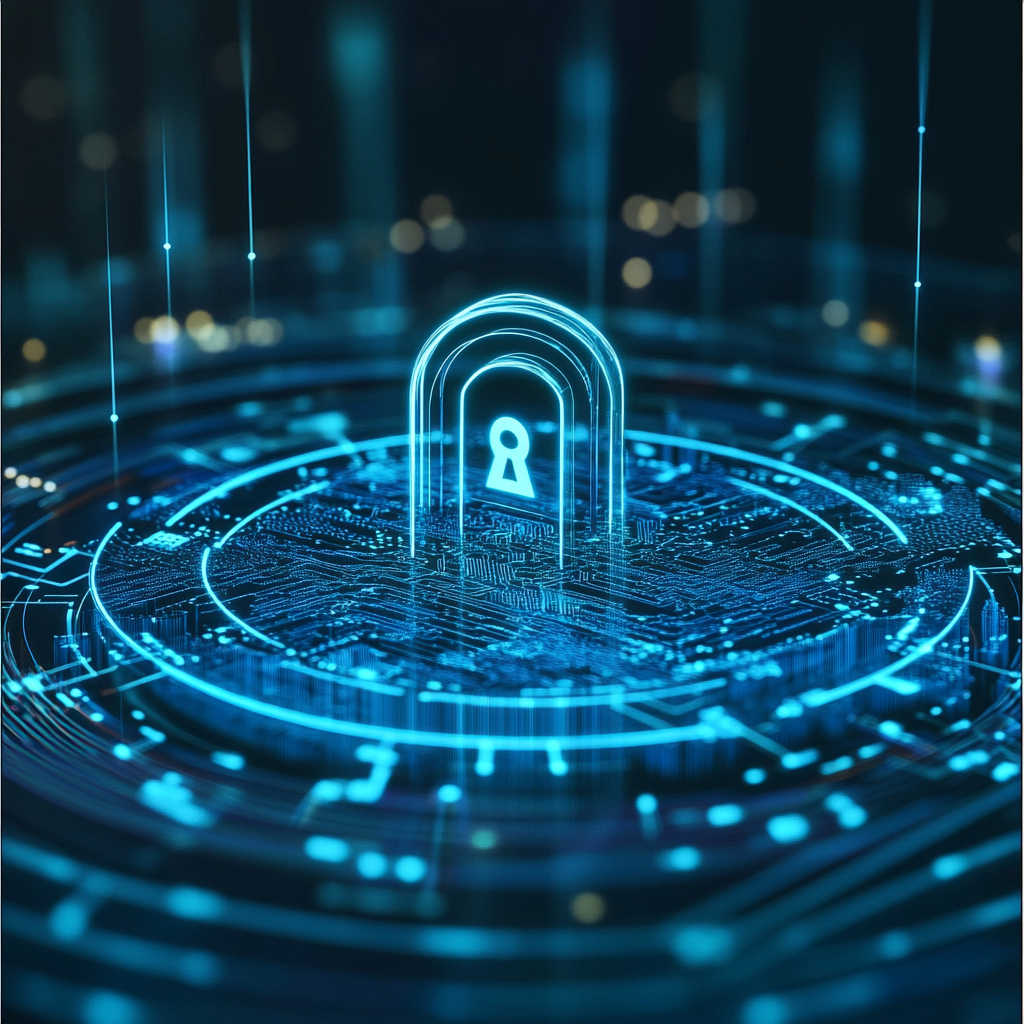Secure File Transfer Protocol (SFTP) and The Hidden Security Gaps
SFTP, or Secure File Transfer Protocol, is a network protocol that provides secure file access, file transfer, and file management over a reliable data stream. It's built on the SSH protocol, offering encryption and secure authentication. SFTP is commonly used for transferring files securely between computers over the internet, managing remote files, and automating file transfers in business environments.
Despite its security benefits, SFTP has several disadvantages. It requires technical knowledge to set up and maintain, often necessitating server configuration and key management. Performance can be slow for large file transfers due to encryption overhead. User management is complex, especially for organisations with changing personnel. SFTP lacks built-in collaboration features, making it difficult for multiple users to work on files simultaneously. Additionally, it provides limited visibility into file activities and may not meet compliance requirements for sensitive industries without additional tools.
Why SFTP Falls Short
SFTP encrypts data in transit, creating the impression of security. But this protection is woefully incomplete. The protocol's fundamental limitation is simple yet profound: it secures only the channel, not the data itself.
Think of SFTP like sending a letter in a sealed envelope with no way to tell if an unintended third party steamed it open, read it, and resealed it before delivery. The connection is protected, but what happens before upload or after download?
When a file transfers via SFTP, no mechanism verifies its integrity. If altered before upload or after download, these changes go undetected. For organisations handling sensitive data, this results in unacceptable risk.
SFTP also lacks cryptographically sealed audit trails. While system logs can be enabled, they aren't tamper-proof. A compromised administrator or attacker with access can erase or modify these logs, leaving no reliable forensic evidence.
Most concerning is that once an SFTP connection is established, the server assumes the authenticated user is legitimate throughout the session. This creates vulnerability to credential theft and session hijacking.
Shifting to Data-Centric Security
To address the issues above, organisations must make the fundamental shift from channel security to data-centric security. The data itself must be protected regardless of where it resides or how it's transferred.
In a zero-knowledge security model, every file and every user interaction is encrypted. The data is never exposed to any third party—not even the service provider. This holistic approach ensures protection throughout the entire data lifecycle.
Encryption must follow the data, not just secure the network. This principle forms the foundation of modern security architectures that protect against today's sophisticated threats.
The most robust security approaches combine zero-trust with zero-knowledge principles:

- Zero-trust enforces identity verification and least-privilege access, never assuming anyone is authorised without verification.
- Zero-knowledge eliminates reliance on third parties for data security, even system administrators cannot access plaintext data.
Together, these measures create a mathematically verified security model that's effectively breach-proof when properly implemented.
Implementation Without Complexity
Implementing comprehensive security no longer means burdening your technical teams. Modern solutions automate key security functions while maintaining usability. For organisations transitioning from legacy SFTP systems, we've identified several best practices that minimise disruption while maximising security:
- Adopt end-to-end encryption from day one, ensuring data remains protected throughout the transition.
- Cryptographically signed audit trails can automatically document every file access, transfer, and modification without manual logging.
- Multi-factor authentication integrated with single sign-on systems provides strong identity verification without constant re-authentication.
- Implement identity-based access control to replace server-based permissions.
- Ensure that security doesn't come at the expense of usability. Solutions must be intuitive enough that users don't seek workarounds.
- Plan a phased migration that prioritises your most sensitive data while maintaining operational continuity.
Industry-Specific Security Approaches
Nearly every industry handling sensitive information faces risks when relying solely on SFTP:
Law enforcement risks digital evidence being altered post-transfer without detection due to the lack of a cryptographic chain of custody. Healthcare organisations face elevated ransomware risk, with attackers able to encrypt, steal, or delete unprotected medical records from SFTP servers. Financial institutions endure broad access risks as some personnel can download sensitive financial data without restrictions. Legal entities that are unable to prove that documents remain unaltered can face challenges in court proceedings. Research institutions risk IP theft with trade secrets stored in plaintext that competitors or insiders can easily steal.
Future-Proofing File Transfer Security
Looking forward, organisations that remain reliant on SFTP will face increasing risk exposure and compliance challenges. Secure file transfer will continue evolving as threats grow more sophisticated and compliance requirements become more stringent. The future of secure file transfer isn't about incremental improvements to legacy protocols. It requires a willingness to embrace fundamentally different security models built on zero-knowledge architecture.
Whether in government, healthcare, finance, or legal, zero-knowledge security isn't optional. It's becoming an absolute requirement for organisations handling sensitive information.
The choice is clear: continue with the false security of SFTP or embrace comprehensive security models that protect your data throughout its entire lifecycle. For organisations where data security is mission-critical, only the latter offers true protection.

